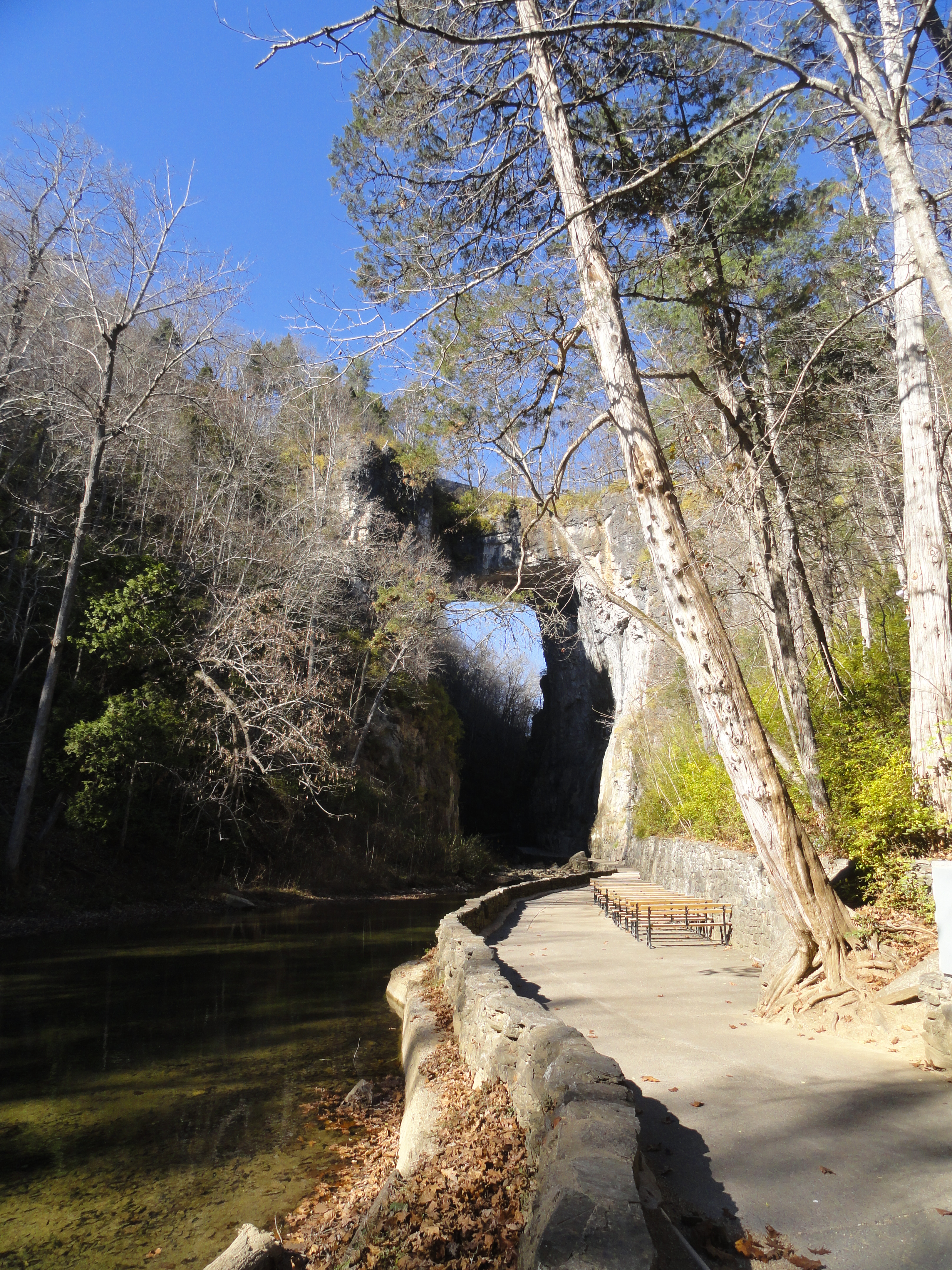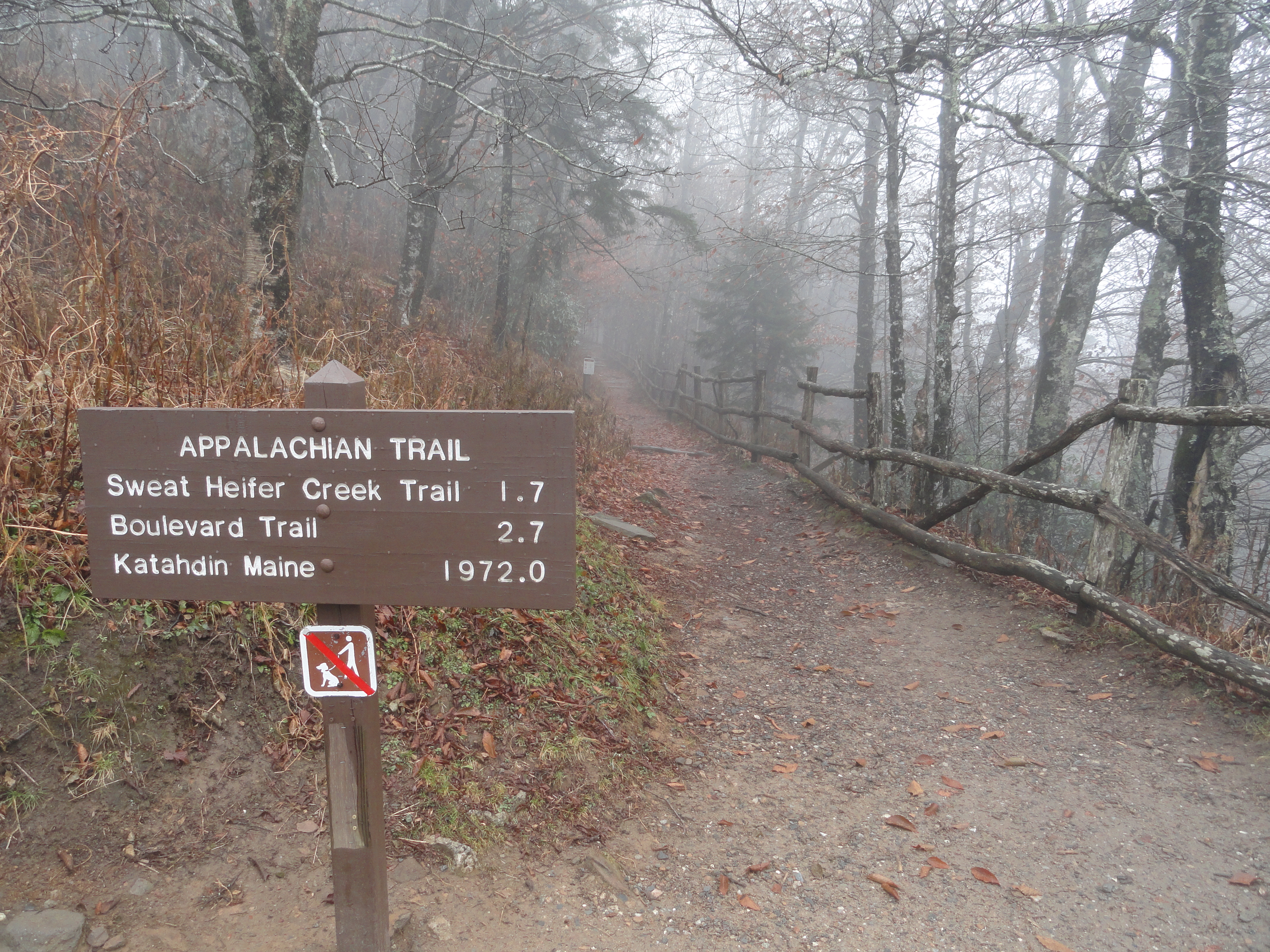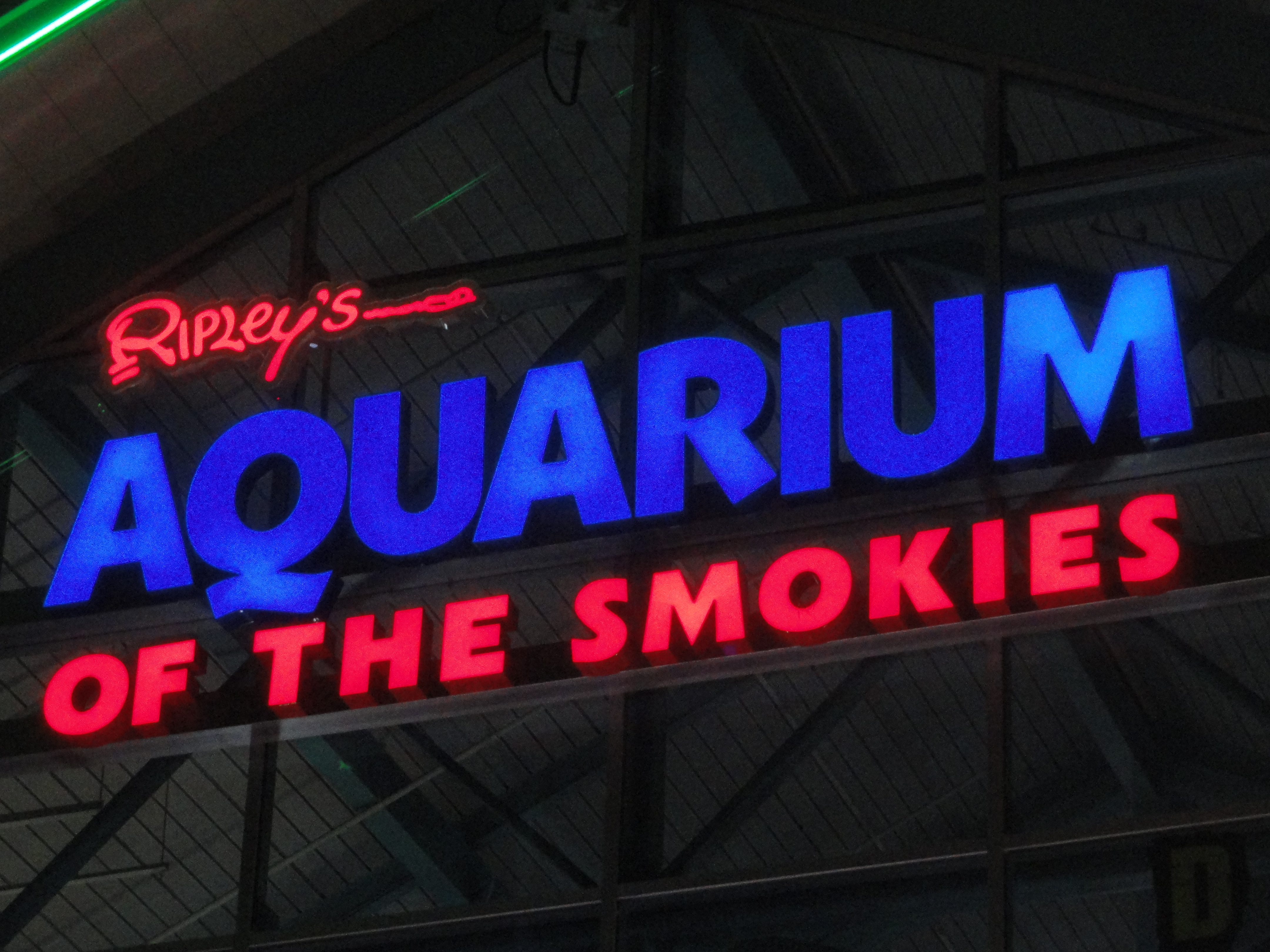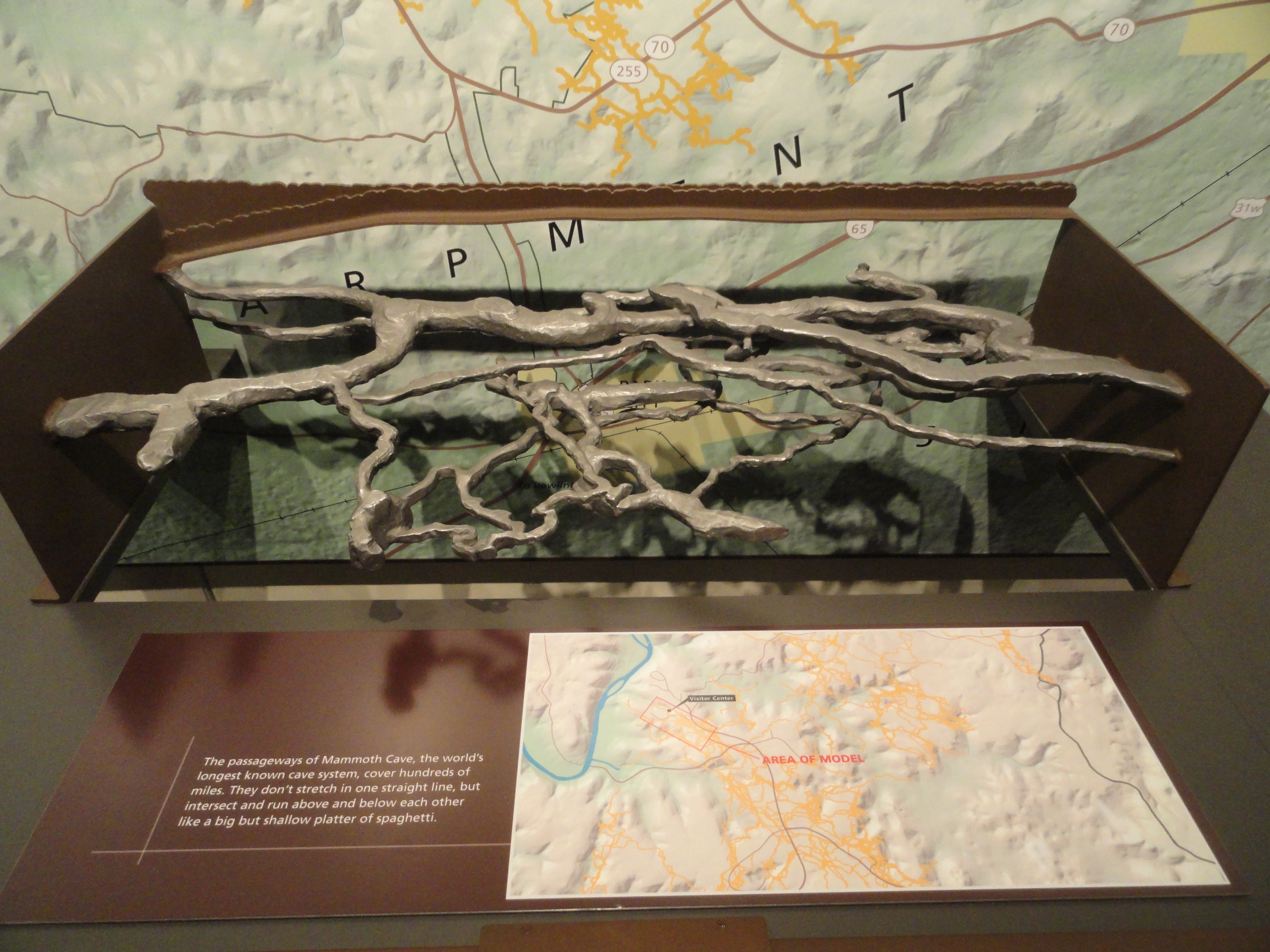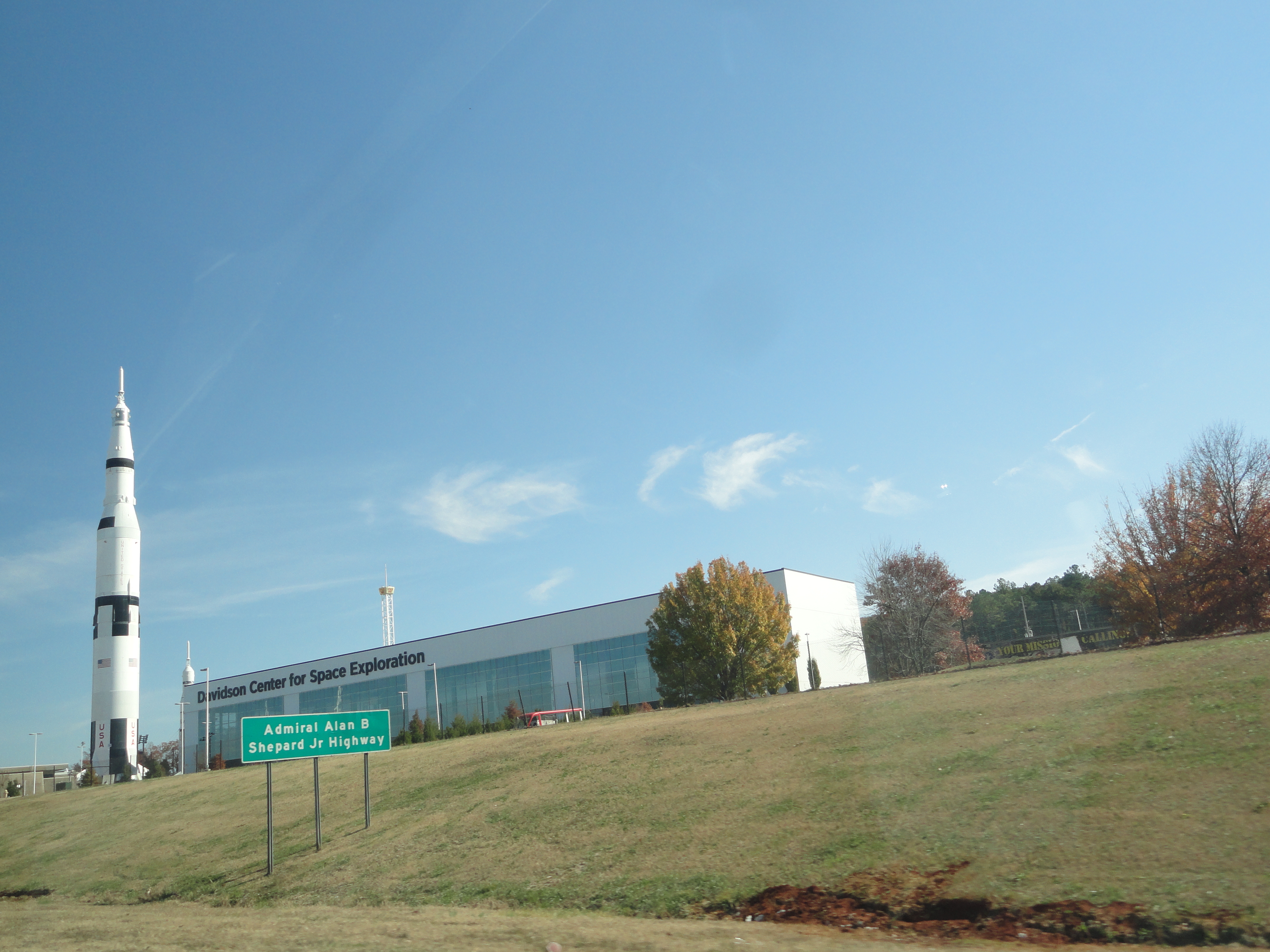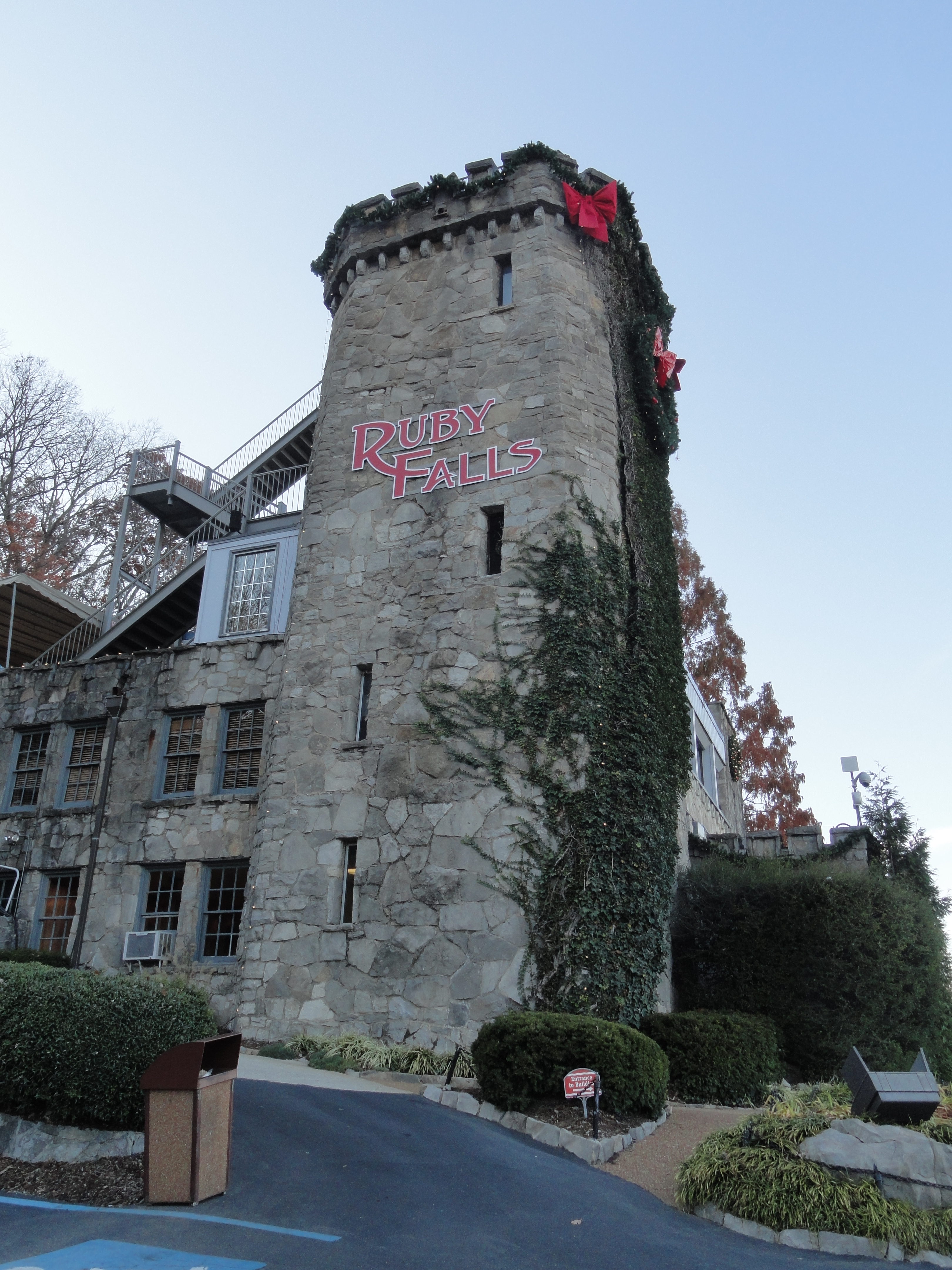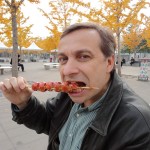 It seems like January 2013 was a blink away, but somehow an entire year has passed and that blink away is now January 2014. But oh what a year it was. A year of transitions, a year of excitement, and even a year with some major anxieties. But it is a year I will always remember – the year of Tesla.
It seems like January 2013 was a blink away, but somehow an entire year has passed and that blink away is now January 2014. But oh what a year it was. A year of transitions, a year of excitement, and even a year with some major anxieties. But it is a year I will always remember – the year of Tesla.
Tesla – The Wizard of 2013!
The obvious hallmark was the release of Tesla: The Wizard of Electricity. Nine months after it had been accepted by the publisher the book finally hit the stores in July 2013. Prominently displayed on shelves at Barnes and Noble entrances, many stores quickly sold out and reordered. Even after the warehouse was empty the books continued to sell, limited only by people’s ability to locate them. By the end of the year we had sold out almost the entire (large) first printing. Even better, a second printing of double the initial run is due out July 2014.
[Off-] Broadway Bound!
The success of Tesla has had another benefit – all the great people I’ve met. Besides Nikola, Sherry, Sam and many others with the Tesla Science Foundation, there are the great folks at Tesla Ambassadors and other Facebook groups. I even got to meet Mr. William H. Terbo, the only living relative of Nikola Tesla. Mr. Terbo is the grand-nephew and actually met Tesla himself when he was ten years old. Another highlight of the year was being invited to speak to the cast of the off-Broadway play, TESLA, then attending opening night of the wildly successful show. Sanja Bestic as director and Sheri Graubert as writer worked so well as a team that they have another show coming out this spring – Jackie and Marilyn. I can’t wait.
Even the bad things worked out!
Of course, there were some downer parts of the year too. Most notably my father’s aneurysm surgery in February turned out to be more dramatic than expected. I’m happy to say that after having several aorta re-plumbed, a series of strokes and seizures, four days of coma, no movement on one side for a few more days, and months of rehab, Dad is doing very well. Meanwhile, the toxicity of my own work environment finally led to the decision to leave my long-standing scientific career and become a full-time writer. Notwithstanding the sudden lack of income, it was a great decision. It’s even been good for my health – after putting on weight in the spring I’ve dropped 10 pounds and live a much healthier lifestyle.
Science Traveler alert!
Along the way I managed to squeeze in a little bit of travel, including several trips to my home town for family events, four times to New York City for writing/Tesla events, a road trip to Tennessee, and even a quick weekend in Jamaica. Travel will get more emphasis in 2014, starting with a trip to NYC in January and to Argentina in February. Summer may bring me to the west coast and/or Moscow and/or Iceland and/or a country to be named later. I’ll be posting much more on travel (and aquariums) this coming year as Science Traveler starts catching up to its moniker.
150 Years of Abraham Lincoln!
Not to be forgotten is Abraham Lincoln. As a member of the Lincoln Group of the District of Columbia I’ve had the privilege of joining monthly dinners with some of the most knowledgeable Lincolnophiles in the area. And since each dinner has a guest speaker, I’ve met Lincoln scholars such Douglas L. Wilson, Walter Stahr, and many others. [Eric Foner will receive the Lincoln Award from us in January 2014] One of my most cherished activities of this past year has been the monthly Lincoln Group book club. We’ve been reading the version of Herndon’s Lincoln edited by the aforementioned Doug Wilson and his colleague Rodney O. Davis. Having the combined expertise and insights of the dozen or so group members – all Lincoln scholars – is priceless.
My Presidency Ends!
With all this going on I somehow managed to perform my duties as President of the Chesapeake-Potomac Regional Chapter of the Society of Environmental Toxicology and Chemistry. This was my second go-around as President (the first was in 2001), and I’ve loved every minute of my involvement. As I hand over the Presidency to this year’s VP, Brad Pratt, I’ll remain as a Contributing Editor to the CPRC newsletter and an active Past-President.
Reading is Fundamental!
And then there were the books. As has been my norm in recent years I’ve finished reading about 60 books this year. Because of research for my next book, at least a dozen were Abraham Lincoln-related. But there were also many on Nikola Tesla, some great memoirs, and the trade of writing/publishing. I even read a half dozen fiction books (a rarity for me). Better yet, I was able to read some great books by authors I know personally, most notably Thomas Waite, R.C. (Chuck) Larlham, and Sam Hawksworth. Check them out.
All in all, 2013 was a very good year. I’m looking forward to an even better 2014, where I’ll meet more great people, do more great travel, and write more great books (and yes, I’ll shortly have more info on my Tesla book due out in the spring).
See you all again soon…and Happy New Year!!
David J. Kent is the author of Tesla: The Wizard of Electricity. You can order a signed copy directly from me, download the ebook at barnesandnoble.com, and find hard copies exclusively at Barnes and Noble bookstores.
Follow me by subscribing by email on the home page. And feel free to “Like” my Facebook author’s page and connect on LinkedIn. Share with your friends using the buttons below.



 I hope everyone is having a great holiday break. I’ll be back with more on Nikola Tesla later, but here’s a mini book review of The Crater by John Cannan (just published on
I hope everyone is having a great holiday break. I’ll be back with more on Nikola Tesla later, but here’s a mini book review of The Crater by John Cannan (just published on 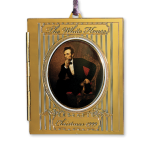
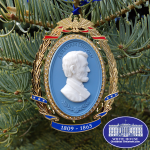
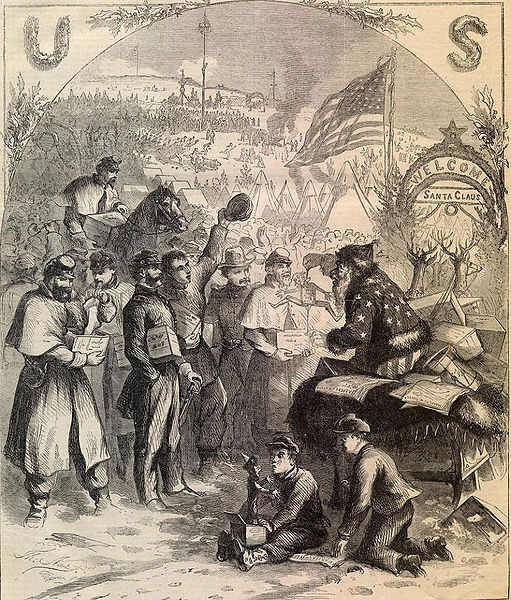
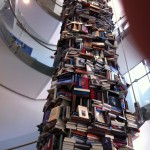 There are over 15,000 books that have been written about Abraham Lincoln. At least that’s the number that is bandied about whenever someone talks about Lincoln books. Whether that number includes books about the Civil War or just books focused on Lincoln himself is also in question. In any case, I have over 800 titles, with more than 95% specific to the man, not the war.
There are over 15,000 books that have been written about Abraham Lincoln. At least that’s the number that is bandied about whenever someone talks about Lincoln books. Whether that number includes books about the Civil War or just books focused on Lincoln himself is also in question. In any case, I have over 800 titles, with more than 95% specific to the man, not the war.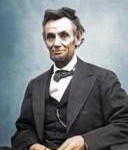 As I do research on Abraham Lincoln for a forthcoming book I periodically post reviews of some of the more interesting and relevant Lincoln scholarship. Which led me to this great book dating back to 1956 called Lincoln and the Tools of War by Robert V. Bruce.
As I do research on Abraham Lincoln for a forthcoming book I periodically post reviews of some of the more interesting and relevant Lincoln scholarship. Which led me to this great book dating back to 1956 called Lincoln and the Tools of War by Robert V. Bruce.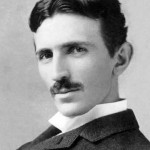 Nikola Tesla lived out the final ten years of his life in the New Yorker Hotel. Each year the Tesla Science Foundation and the New Yorker Hotel host a
Nikola Tesla lived out the final ten years of his life in the New Yorker Hotel. Each year the Tesla Science Foundation and the New Yorker Hotel host a 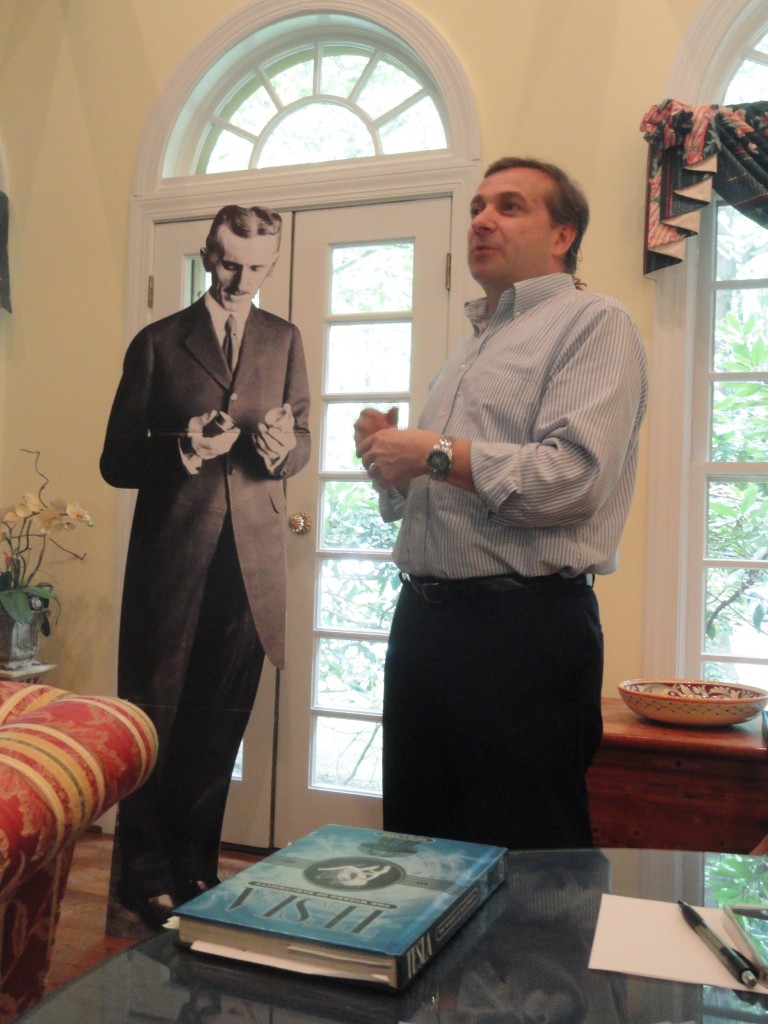
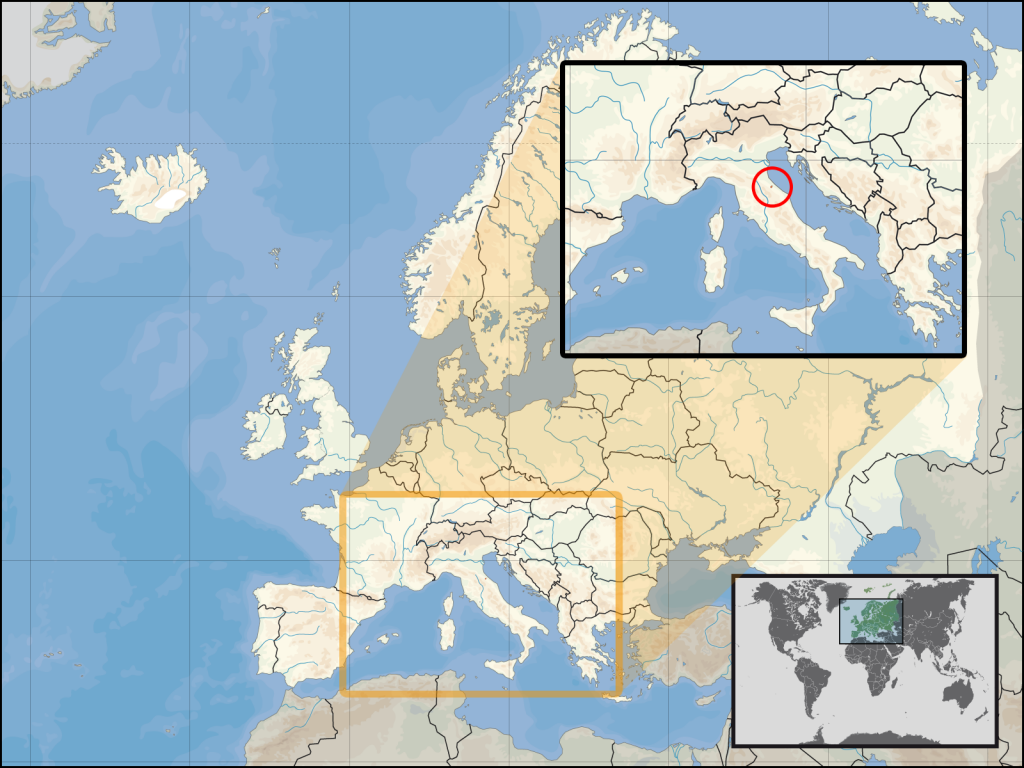
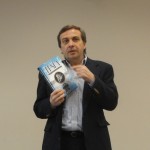 So 2013 was an incredible year, and 2014 is already looking like it will be even more incredible. Later this month I’ll take a look back on all that has happened this past year. Meanwhile, my event schedule for 2014 is starting to take shape. Here are just a few of the events already on the calendar for the first six to eight months:
So 2013 was an incredible year, and 2014 is already looking like it will be even more incredible. Later this month I’ll take a look back on all that has happened this past year. Meanwhile, my event schedule for 2014 is starting to take shape. Here are just a few of the events already on the calendar for the first six to eight months: ? – What is this…nothing on my calendar yet for June? I’ll need to do something about that soon.
? – What is this…nothing on my calendar yet for June? I’ll need to do something about that soon.